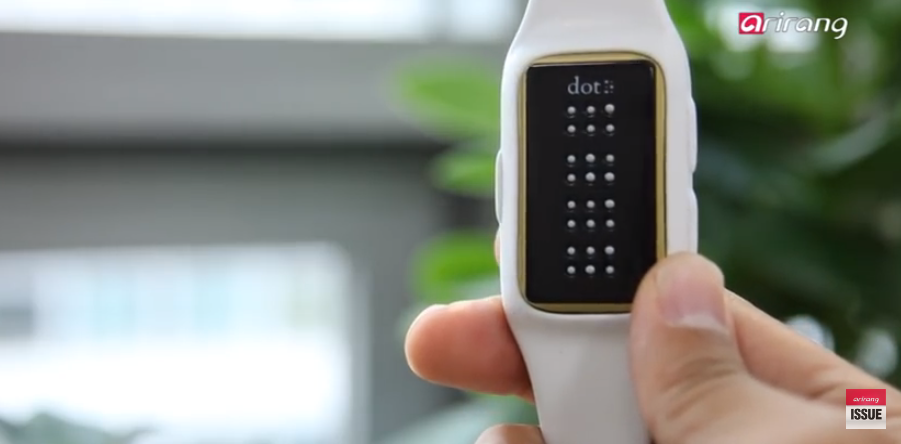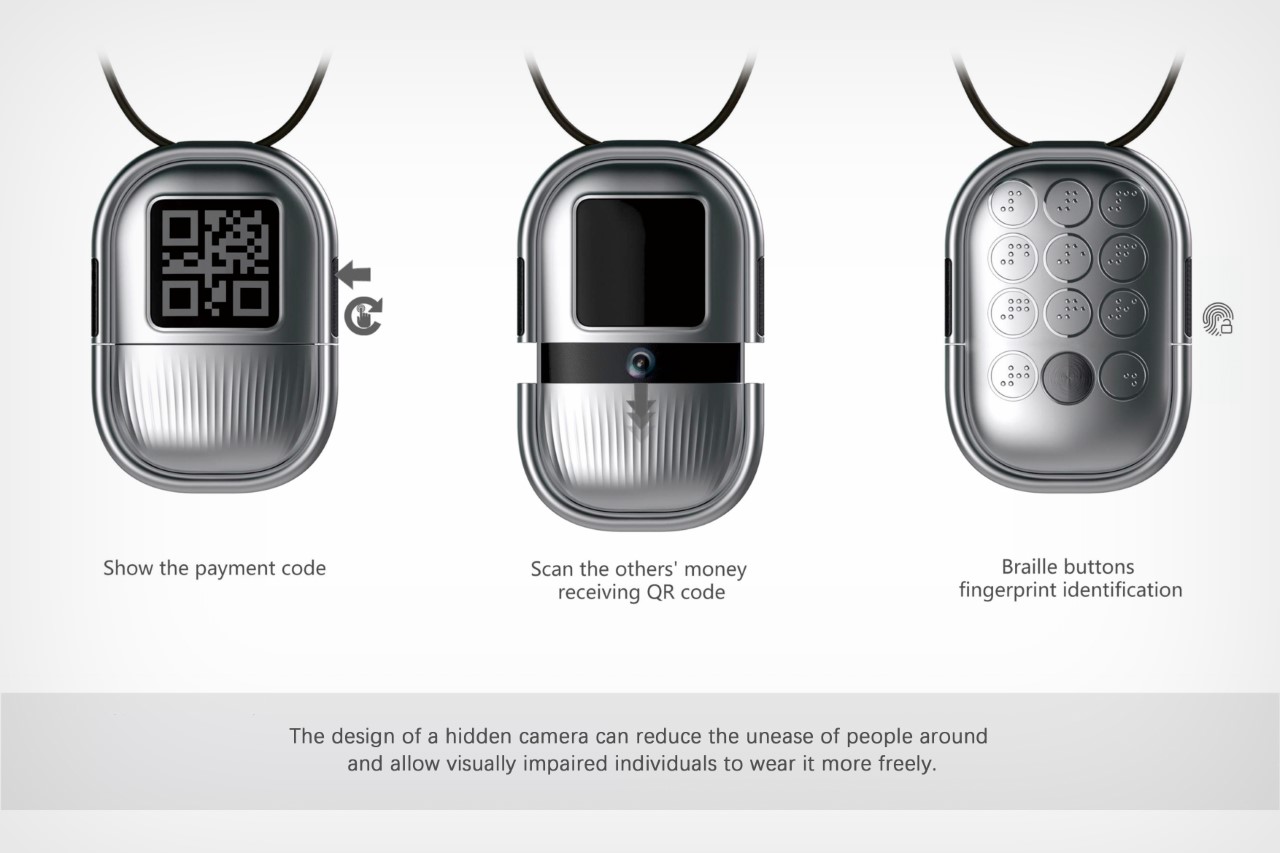Discover the Latest in Assistive Technology for the Blind
Discover the Latest in Assistive Technology for the Blind
Blog Article
Discover Cutting-edge Tools Developed for the Visually Impaired
The advancement of cutting-edge tools for the visually damaged represents a substantial improvement in availability and independence. Technologies such as wise glasses with AI capabilities and mobile applications created to supply acoustic descriptions are improving day-to-day experiences for users.
Smart Glasses for Navigating

Smart glasses designed for navigating are reinventing the way visually damaged individuals connect with their atmosphere. These innovative devices use a combination of electronic camera innovation, synthetic knowledge, and auditory responses to offer real-time information about environments. By employing barrier detection systems, wise glasses can alert customers to potential hazards, enabling much safer flexibility in both familiar and unfamiliar settings.
The assimilation of GPS innovation better boosts navigating abilities, permitting individuals to obtain auditory directions as they move. This hands-free method not just fosters self-reliance yet additionally encourages aesthetically impaired individuals to browse urban landscapes with increased confidence. Additionally, several smart glasses are geared up with functions that recognize landmarks and street indications, giving contextual information that enhances the user experience.
Furthermore, the development of these devices is continuously progressing, with companies working to enhance the precision of things recognition and expand the series of navigational features. As smart glasses come to be a lot more available and cost effective, they hold the possible to significantly change every day life for aesthetically damaged users. Ultimately, these innovative tools stand for a vital step toward inclusivity, offering improved movement and a higher feeling of autonomy for people browsing the world around them.

Mobile Application for Daily Living
How can mobile applications improve the day-to-day lives of visually impaired individuals? Mobile applications are revolutionizing the method aesthetically impaired individuals browse their settings, take care of day-to-day jobs, and access info. These applications provide necessary support through various functionalities, promoting self-reliance and improving high quality of life.
Numerous cutting-edge mobile applications are made specifically for daily living. For example, apps like Be My Eyes link visually damaged users with sighted volunteers via video calls, allowing them to get real-time support with tasks such as reviewing labels or browsing unknown areas. Likewise, Seeing AI, established by Microsoft, uses synthetic intelligence to describe environments, reviewed message, and determine objects, properly changing a smart device right into an effective device for everyday assistance.
In addition, navigating apps customized for the aesthetically impaired, such as Aira and BlindSquare, use audio-based directions and ecological info, enabling individuals to traverse their environments safely and confidently. Past navigating and immediate aid, mobile apps also support organization and job monitoring, with functions that help individuals establish tips, develop to-do listings, and track appointments. In recap, mobile applications function as essential sources, equipping aesthetically impaired people to lead more independent and meeting lives.
Wearable Technologies for Assistance
Empowerment via innovation is significantly apparent in the world of wearable devices made to assist aesthetically damaged individuals. These cutting-edge tools incorporate perfectly right into every day life, boosting navigation and supplying vital responses to users. Smart glasses furnished with video cameras can review and acknowledge faces message out loud, permitting individuals to engage even more with confidence in professional and social settings.
One more significant innovation is making use of haptic feedback systems in wearable devices. These systems use vibrations or other tactile signals to share details concerning the customer's setting, such as obstacles or changes in surface, improving flexibility and safety and security. Wearable modern technologies additionally consist of wristbands that connect to smartphones, signaling individuals to notifications through subtle resonances, therefore enhancing connection without dependence on visual hints.
As these innovations continue to evolve, they are not only boosting freedom for aesthetically impaired individuals but additionally promoting a higher feeling of inclusion in society. By connecting the void between challenges faced in day-to-day living and the potential for autonomy, wearable modern technologies offer as essential tools in the pursuit for equal rights and empowerment for those with aesthetic disabilities.
Audio Summary Devices
Audio summary devices play a critical function in enhancing accessibility for aesthetically damaged individuals, giving them with the ability to involve with aesthetic media. Screen readers for the blind. These tools supply content narrated descriptions of crucial aesthetic elements in movies, television programs, and live efficiencies, guaranteeing that individuals can totally comprehend the context and emotions communicated via visuals
Audio description can be integrated into different platforms, including streaming solutions, cinema screenings, and live movie theater. Several popular streaming services now consist of audio summary as an availability attribute, allowing audiences to choose it quickly. In addition to traditional media, specialized applications additionally exist, providing audio descriptions for art exhibitions, museums, and other cultural occasions.
The performance of audio description rests on the skill of the narrators, who have to convey visual information succinctly without diminishing the initial sound. Innovations in this field are likewise leading the way for even more customized experiences, where individuals can readjust the degree of information and pacing according to their preferences.
Braille Innovations and Instruments
Braille devices and technologies have considerably transformed the way visually damaged people engage with text and details. Modern improvements have led to the advancement of versatile tools that enhance literacy and independence amongst individuals. Significantly, Braille present innovations have evolved, enabling dynamic analysis experiences. These tools convert digital text right into Braille, enabling individuals to access a vast variety of information on smartphones, tablets, and computer systems.
In addition, mobile Braille notetakers combine traditional Braille input with modern functionalities, helping with note-taking, scheduling, and file modifying on the go. AI-powered visual aids. These small devices frequently feature text-to-speech capabilities, bridging the void in between Braille and acoustic image source info
In addition, ingenious Braille printers have actually arised, enabling users to produce Braille tags, records, and academic materials efficiently. This accessibility cultivates higher participation in expert and academic environments, inevitably advertising inclusivity.
Additionally, research right into wise Braille technologies proceeds to broaden. Devices that include man-made intelligence are being discovered to supply real-time navigation assistance and contextual information, boosting the individual experience in diverse setups. On the whole, these technologies show a commitment to encouraging visually damaged individuals through modern technology, ensuring they can quickly gain access to and involve with the world around them.

Verdict
The improvement of cutting-edge tools for the aesthetically impaired substantially enhances freedom Recommended Reading and quality of life. These modern technologies not only foster better inclusion however also promote freedom in daily tasks, ultimately contributing to an extra equitable and easily accessible society for visually damaged individuals.
As wise glasses come to be much more easily accessible and affordable, they hold the prospective to significantly transform everyday life for aesthetically impaired users. Mobile applications are changing the method aesthetically damaged users navigate their atmospheres, take care of day-to-day tasks, and gain access to details. Applications like Be My Eyes connect visually impaired individuals with sighted volunteers using video calls, enabling them to get real-time help with jobs such as reviewing labels or navigating strange areas.In addition, navigating apps customized for the aesthetically damaged, such as Aira and BlindSquare, supply audio-based directions and environmental information, allowing individuals to traverse their environments securely and with confidence.The innovation of cutting-edge devices for the aesthetically damaged significantly enhances independence and top quality of life.
Report this page